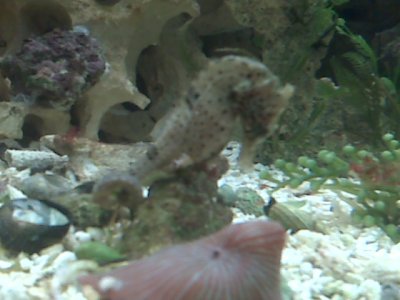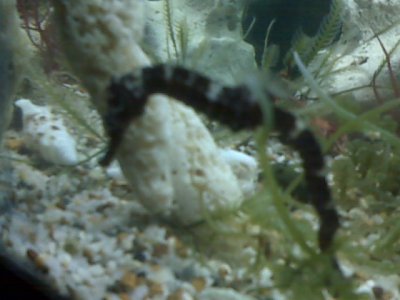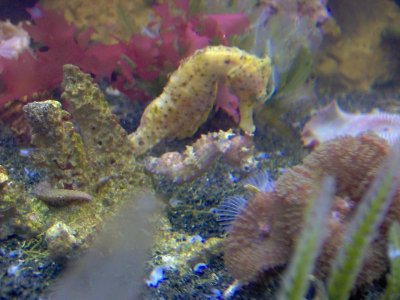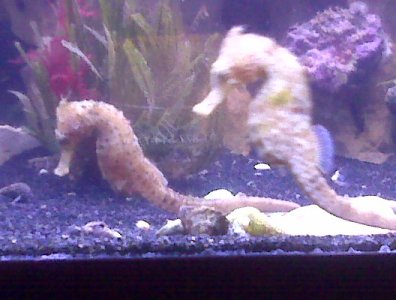I'm very curious... why are you taking on this challenge? Just looking for your thoughts. Is it price? the species? etc.....
Ray was kind enough to post this in another thread so I didn't really have to search for it..

thanks Ray....
Instructions for deworming as posted on seahorse.org
FENBENDAZOLE (liquid) Dosage and Preparation Instructions for Deworming
Active Ingredient: 10% Fenbendazole
Indication: worms and other internal parasites
Brand Names: Panacur, Safe-Guard
One day each week, feed two meals of adult brine shrimp gut-loaded with Fenbendazole to the Seahorse. Repeat for a total of 3 weeks.
"¢ Add ~250mg (2ml or ~1/2 tsp) of the Fenbendazole mixture to one gallon (~4 liters) of water and mix thoroughly.
"¢ Place the amount of adult brine shrimp needed for one feeding into the mixture. Leave them in the mixture for at least 2hrs.
"¢ Remove the adult brine shrimp from the mixture and add them to the quarantine tank.
"¢ Observe the Seahorse to be certain it is eating the adult brine shrimp.
METRONIDAZOLE Dosage and Preparation Instructions for Deworming
Active Ingredient: Metronidalzole
Indication: flagellates and other internal parasites
Brand Names: Metro+, Metro-Pro, Metronidazole, Metro-MS, Flagyl
One day each week, feed two meals of adult brine shrimp gut-loaded with Metronidazole to the Seahorse. Repeat for a total of 3 weeks.
"¢ If using tablets, crush one tablet into a fine powder. If using powder, dose 1/4tsp.
"¢ Add the Metronidazole to one gallon (~4 liters) of water and mix thoroughly.
"¢ Place the amount of adult brine shrimp needed for one feeding into the mixture. Leave them in the mixture for at least 2hrs.
"¢ Remove the adult brine shrimp from the mixture and add them to the quarantine tank.
"¢ Observe the Seahorse to be certain it is eating the adult brine shrimp.
PRAZIQUANTEL Dosage and Preparation Instructions for Deworming
Active Ingredient: Praziquantel
Indication: worms and other internal parasites
Brand Names: PraziPro, Praz-Tastic, Praziquantel
One day each week, feed two meals of adult brine shrimp gut-loaded with Praziquantel to the Seahorse. Repeat for a total of 3 weeks.
"¢ Add 10ml (~2tsp) of Praziquantel to one gallon (~4 liters) of water and mix thoroughly.
"¢ Place the amount of adult brine shrimp needed for one feeding into the mixture. Leave them in the mixture for at least 2hrs.
"¢ Remove the adult brine shrimp from the mixture and add them to the quarantine tank.
"¢ Observe the Seahorse to be certain it is eating the adult brine shrimp.





